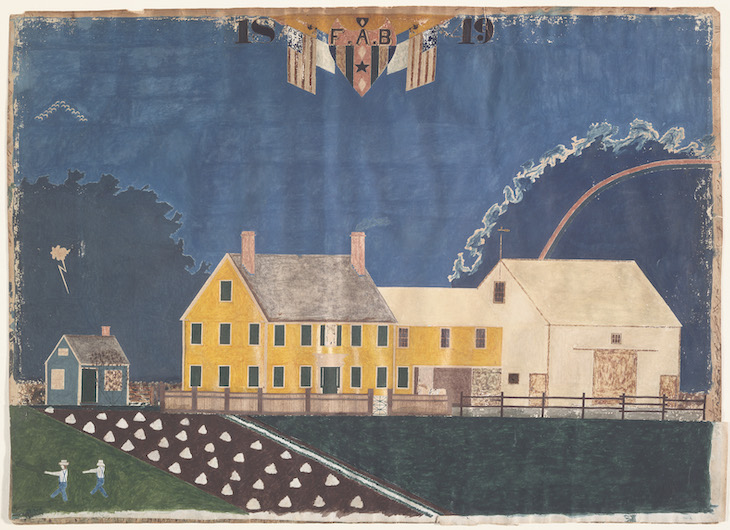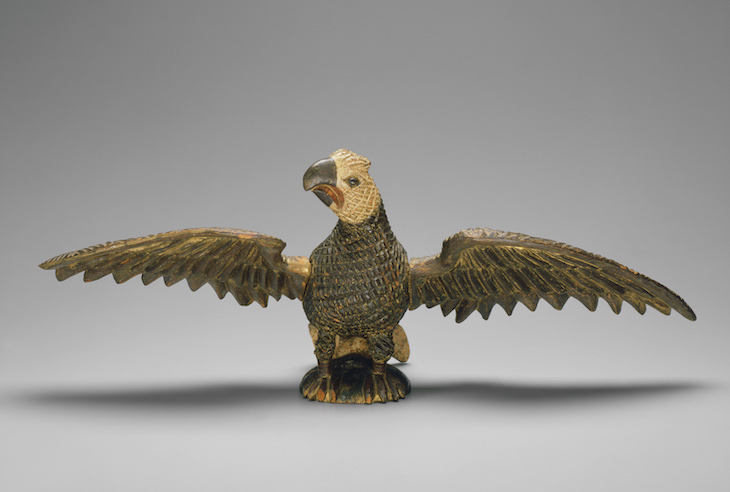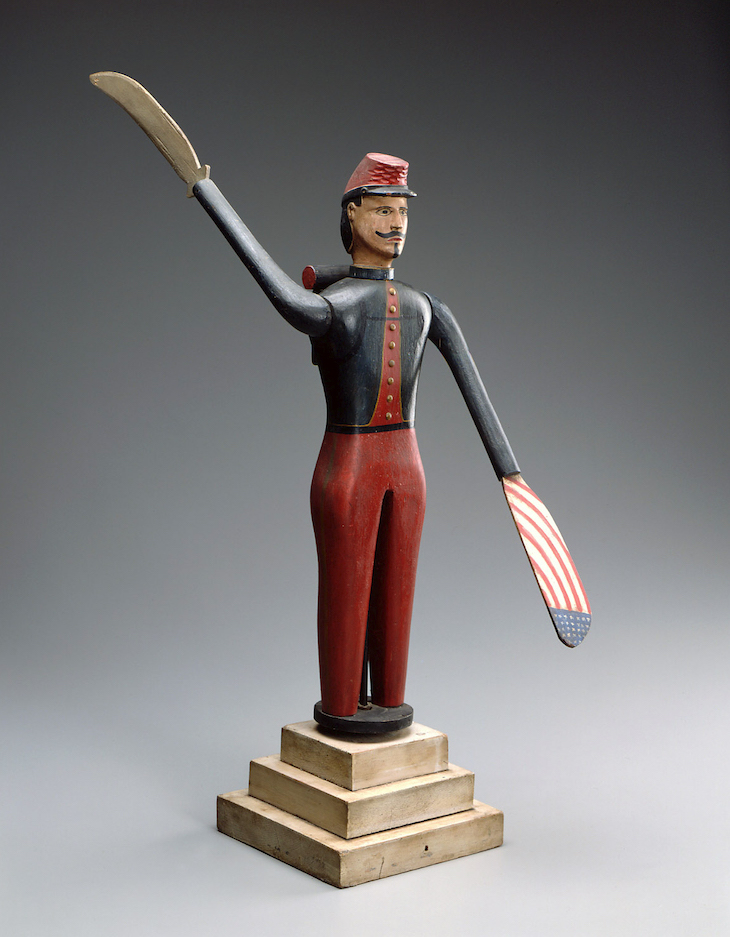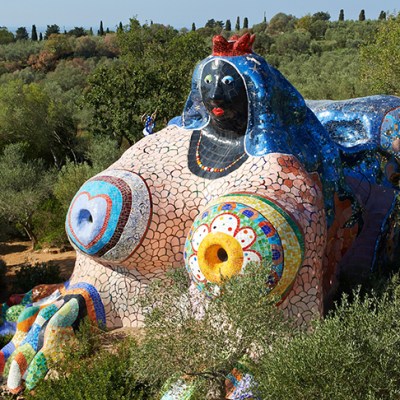While some museums are closed due to the Covid-19 pandemic, Apollo’s usual weekly pick of exhibitions will include shows at institutions that are currently open as well as digital projects providing virtual access to art and culture.
As artists such as Charles Sheeler and Marsden Hartley attempted to forge a distinctively American mode of modernism in the early 20th century, they began to look to the work of amateur painters, hobbyists and artisans for what they perceived as a kind of art-making uncontaminated by the influence of Europe. This display of 59 works on paper and 20 sculptures at the MFA Boston (6 February–9 January 2022) looks at how the status of folk art has changed over the last century, highlighting in particular the collecting of Maxim Karolik, a benefactor of the museum who was ahead of his time in pushing for the inclusion of such work in encyclopaedic collections. Find out more from the MFA Boston’s website.
Preview below | View Apollo’s Art Diary here
Foot scraper (c. 1890–1900), unidentified artist. Photo: © Museum of Fine Arts, Boston

Our President Old Hickory (Andrew Jackson) (1830), J. H. Whitcomb. Photo: © Museum of Fine Arts, Boston

Farmstead in Passing Storm (1849), unidentified artist. Photo: © Museum of Fine Arts, Boston

Eagle with widespread wings (1860–90), Wilhelm Schimmel. Photo: © Museum of Fine Arts, Boston

Whirligig: Army Signalman (c. 1865–70), John Green Satterley. Photo: © Museum of Fine Arts, Boston




